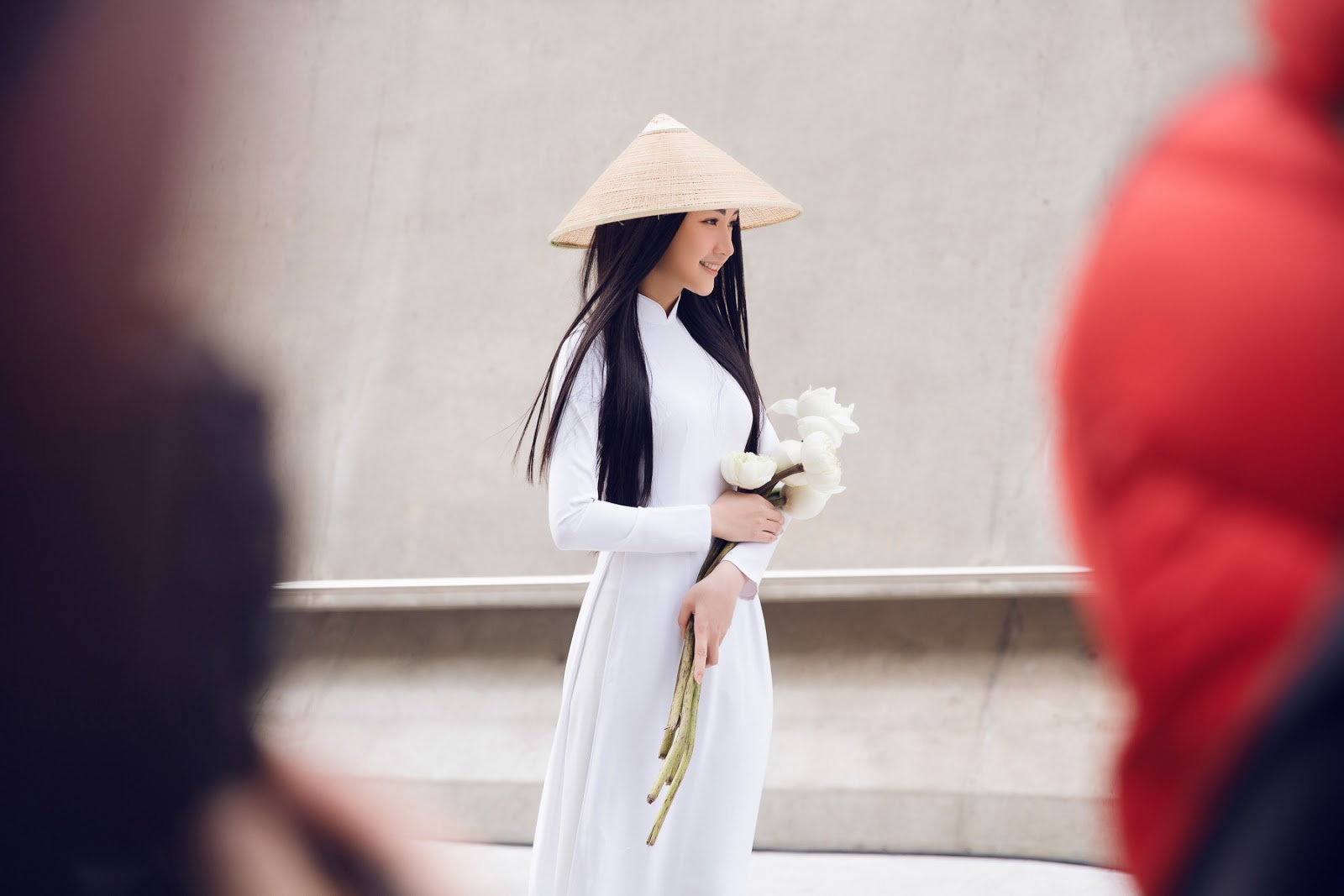The “Áo Dài” is a traditional costume of Vietnamese. Over many generations, the ao dai has changed to fit the fashion trend and needs of Vietnamese people. But it still retains the cultural identity of the thousand-year-old country.
Before the 20th century
Before the 17th century, the popular costume of Vietnamese people was the “Áo Giao Lĩnh” with 2 front ties. By the 18th century, to make it more convenient for daily work, Vietnamese had created the “Áo Tứ Thân” with 2 separate front ties which can be tied and two back ties which can be sewn into one back flap. The “Áo Tứ Thân” was usually sewn with dark colors because it was made for ordinary people so they. The “Áo Ngũ Thân”was a dress for urban women with less manual labor in order to distinguish them from lower classes. “Áo Ngũ Thân” has four ties which were also sewn into 2 flaps: back flap and front flap, the 5th tie was sewed under the front flap to create a discreet piece.

Áo Giao Lĩnh (Photo: Internet)
20th century
In 1930, Hanoi artist Cát Tường, also known as Le Mur, designed a dress inspired by the “Áo Ngũ Thân” and by Paris fashions. He firstly published it “Phong Hoa” newspaper which was issued on March 23, 1934. Accordingly, it reached to the floor and fit the curves of the body by using darts and a nipped-in waist. When fabric became inexpensive, the rationale for multiple layers and thick flaps disappeared. Modern textile manufacture allows for wider panels, eliminating the need to sew narrow panels together. That was the time of modern “Áo Dài” to be shaped up to now.

Ao dai Le Mur (Photo: Pinterest)
In the 1950s, Saigon designers tightened the fit of the “Áo Dài” to create the version commonly seen today. The “Áo Dài” was most popular from 1960 to 1975. A brightly colored hippy was introduced in 1968. The “mini Áo Dài”, a version designed for practical use and convenience, had slits that extended above the waist and panels that reached only to the knee.

Two Vietnamese ladies in Saigon 1960 (Photo: Internet)
Ao dai today
The “Áo Dài” is now a standard for weddings, for festivals and for other formal occasions. It’s the required uniform for female teachers and female students in common high schools; There is no requirement for color or pattern for teachers while students use plain white with some small patterns like flowers for school uniform. Companies often require their female staff to wear uniforms that include the “Áo Dài”. The flight attendants, hotel receptionists, bank female staffs in Vietnam may be seen wearing it.

Ao dai today (Photo: Internet)
The word “Áo Dài” (ao dai / ˈaʊ ˌdʌɪ /) was originally added to the Oxford dictionary and explained as a Vietnamese women’s costume. But few know that the “Áo Ngũ Thân” which is the precursor of the “Áo Dài”was originally made for men. Today the “Áo Dài” is almost known as the traditional costume of Vietnamese women.
The development of society created the characteristics for “Áo Dài” in each period. But overall, the “Áo Dài” is always beautiful, feminine and represents the traditions of Vietnamese.
(Justin Ngoc Pham)


